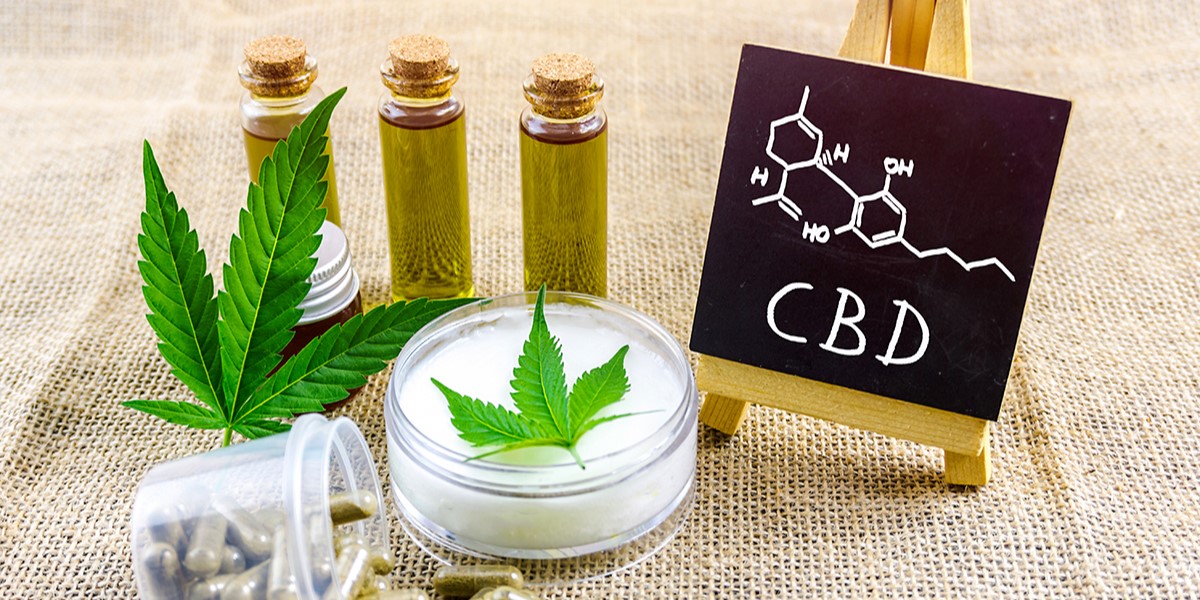CBD Full Spectrum, Broad Spectrum, Isolat: what are the differences?

CBD Full Spectrum, Broad Spectrum, Isolat: what are the differences?
Some of you may have heard of the terms"Full Spectrum","Broad Spectrum"or isolates. We've already touched on this subject in an article dedicated to oil extraction methods. This terminology also applies to wax, candies, infusions... in short, all cannabinoid-based products.
Let's consider the "spectrum" as the extent of the richness of a plant's components. Unprocessed CBD flower in its natural state contains, by definition, the fullest spectrum of molecules, active ingredients and everything that gives it its taste, smell, properties and diversity. It's important to understand that these terms are defined by the composition of the cannabinoids present in a product, and not by the way in which it is extracted. Of course, extraction methods can have a direct effect on the width of the spectrum, but it's not the same thing. Here's how it works.
How do I know whether a product is Full Spectrum, Broad Spectrum or Isolat?
A Full Spectrum product means that it contains all the main cannabinoids (THC, CBD, CBG, CBN etc...) and their acids. Of course, each cannabinoid will have different levels depending on the original content of the variety used (some plants are naturally higher in CBD or THC...). When all the main cannabinoids are present, the product is considered to be Full Spectrum. It should be noted that the detection rate of a cannabinoid by analytical laboratories is generally 0.05%. Below this level, cannabinoids are considered negligible or undetectable. There are over 140 different cannabinoids, and it would be impossible to list them all here. We'll just mention the main ones: THC and THCa, CBD and CBDa, CBG and CBGa, CBN and CBNa, CBC and CBCa.
Broad Spectrum refers to products containing all but one of the main cannabinoids. Clearly, a CBD oil containing all the other cannabinoids except THC will be considered a Broad Spectrum CBD oil. The same applies to the other cannabinoids: a THC candy without cannabidiol is a Broad Spectrum THC candy.
Natural flowers are normally all Full Spectrum. However, downgrading, which artificially reduces THC levels in CBD flowers to comply with French legislation, also deteriorates the other cannabinoids and terpenoids found naturally. Downgraded products are generally terpenized to restore flavour, then sprayed with isolate to boost CBD levels. So today, there are flowers that can be considered Broad Spectrum or isolate when the downgrading was taken to the extreme...
An isolate product, as its name suggests, "isolates" a single cannabinoid. CBD crystals, for example, are a cannabidiol concentrate (99%). CBD isolate is a pure extraction that comes in powder form from the extracted crystals. Isolating a molecule for its active ingredient is quite common in the pharmaceutical world when it comes to designing drugs. The effects of cannabidiol are thus concentrated, yet interactions with other hemp components are non-existent.
Full Spectrum, Broad Spectrum, Isolat: what's the best choice?
Without doubt, Full Spectrum products are the best from an organic point of view. As explained above, the fact that a product contains all the plant's components means that it is more bioavailable to the body. In other words, it metabolizes them better and the desired effects will be more effective. In addition, many researchers support the idea of an entourage effect. This is a metabolic process whereby the various components of hemp act synergistically when consumed together. In simple terms, the human endocannabinoid system will function better if all its receptors are stimulated at the same time. Studies have also shown that a 10% Full Spectrum CBD oil is potentially more effective than a 40% Isolate CBD oil.
However, since THC is illegal in France and other countries, consumption of a Full Spectrum product may result in a positive cannabinoid saliva test. A THC-free Broad Spectrum product is therefore a good alternative to avoid taking this risk. Present at less than 0.2% in products containing cannabidiol and all its derivatives, as stipulated by current legislation, most people will not feel its effects at all. However, a more sensitive minority may wish to avoid a situation of discomfort, and will therefore rightly opt for the second option.
The choice between Full Spectrum, Broad Spectrum and isolate will depend above all on your individual consumption habits. If you use cannabidiol for its aroma, mouthfeel and recreational properties, Full Spectrum is for you. The same applies to those who wish to find an alternative to, or to accompany, traditional medical products. A CBD-based product with a broad or full spectrum is highly recommended.
Isolate, meanwhile, can come in handy for those who want to cook with CBD, or make their own CBD-based e-liquids or infusions. CBD crystals or powder can be mixed with all kinds of different foods and drinks. The choice is yours. Please do not hesitate to contact us for any further information.

